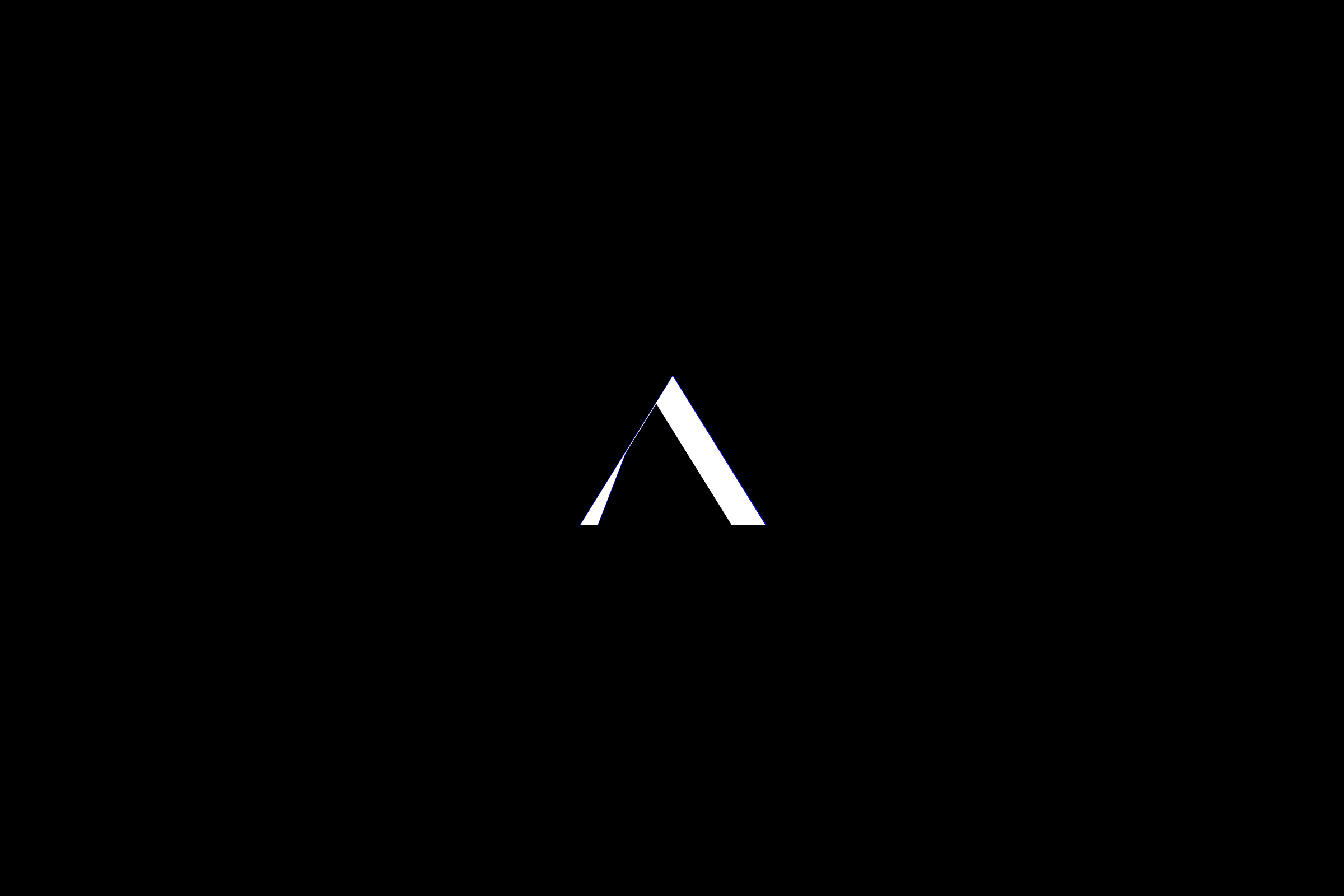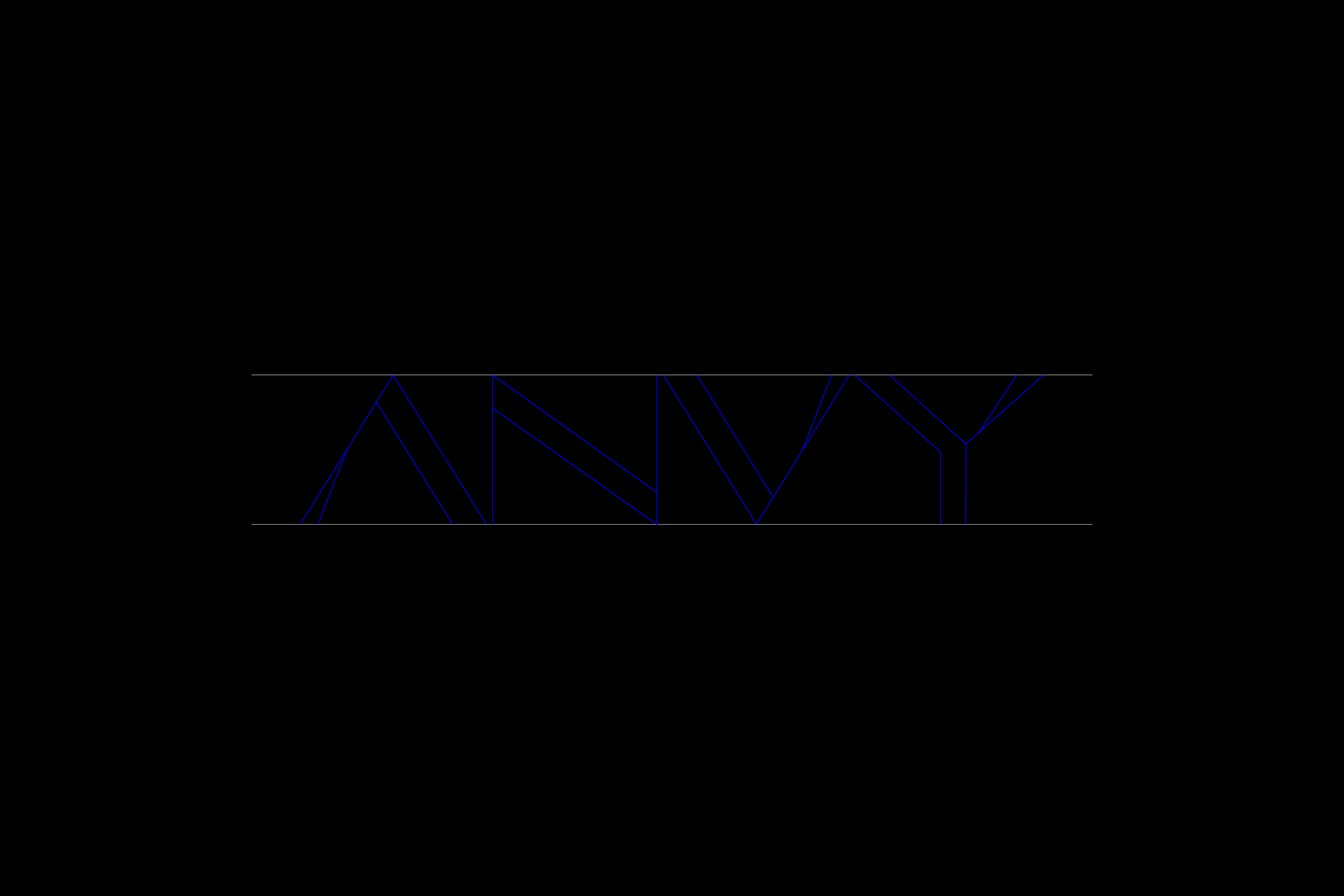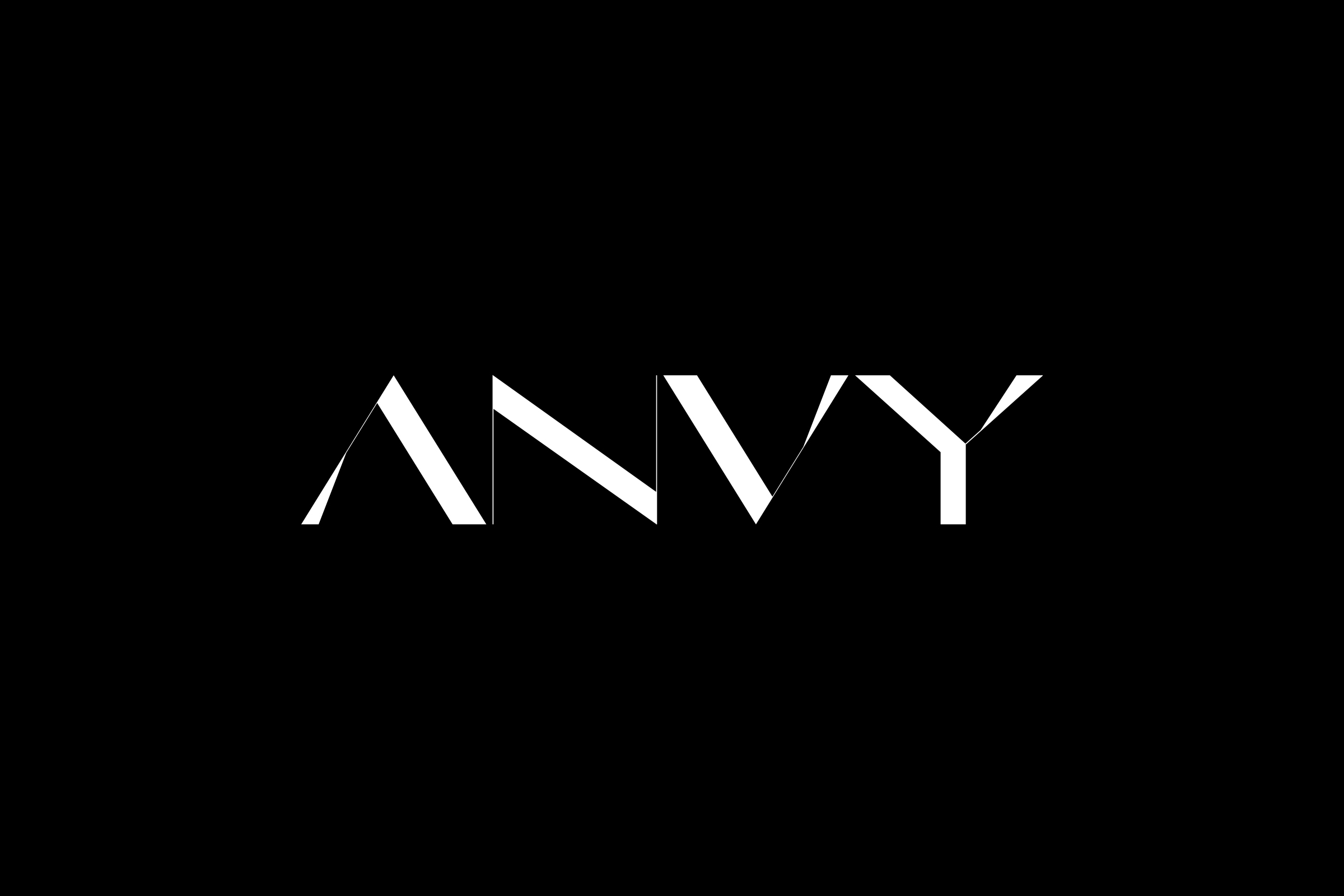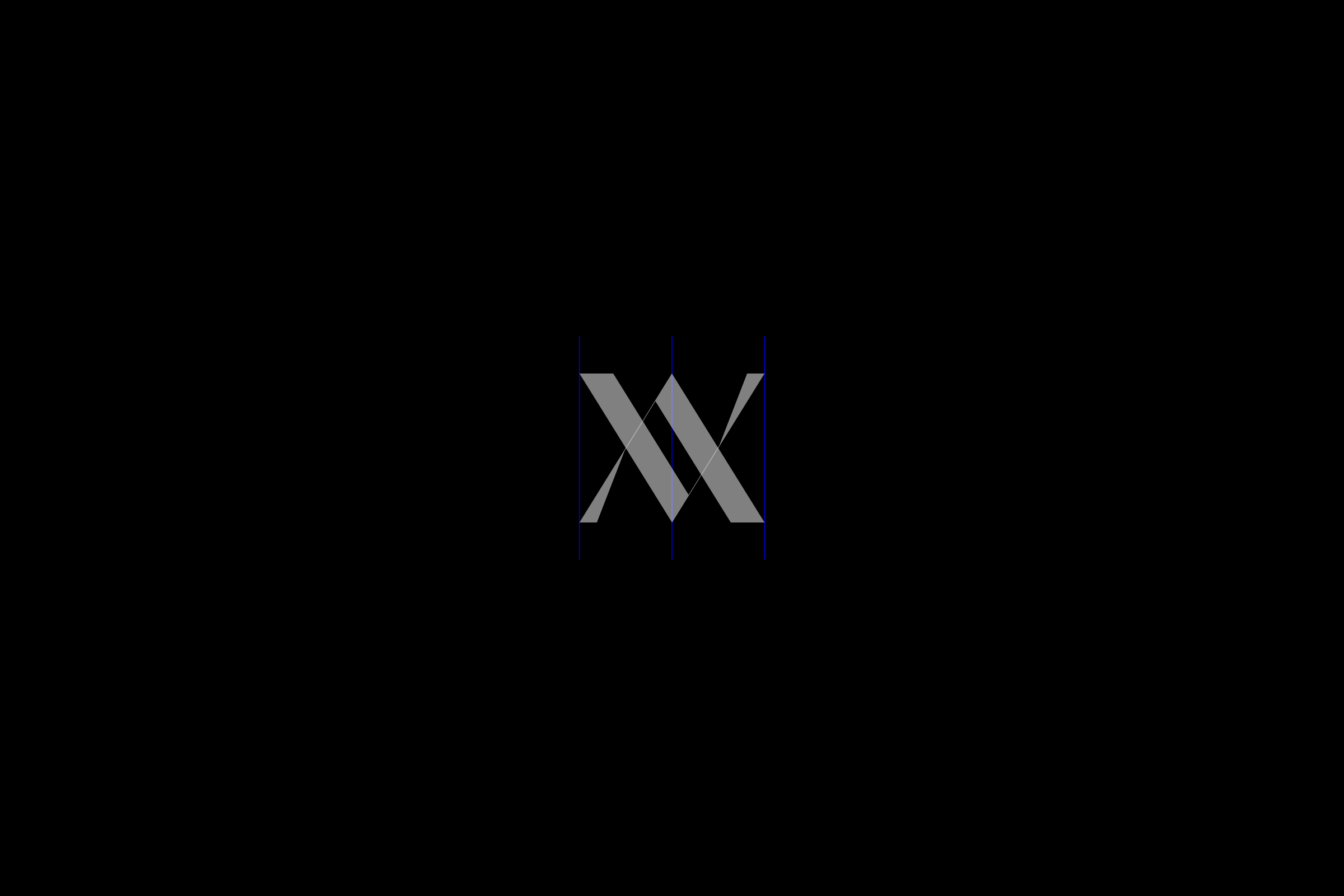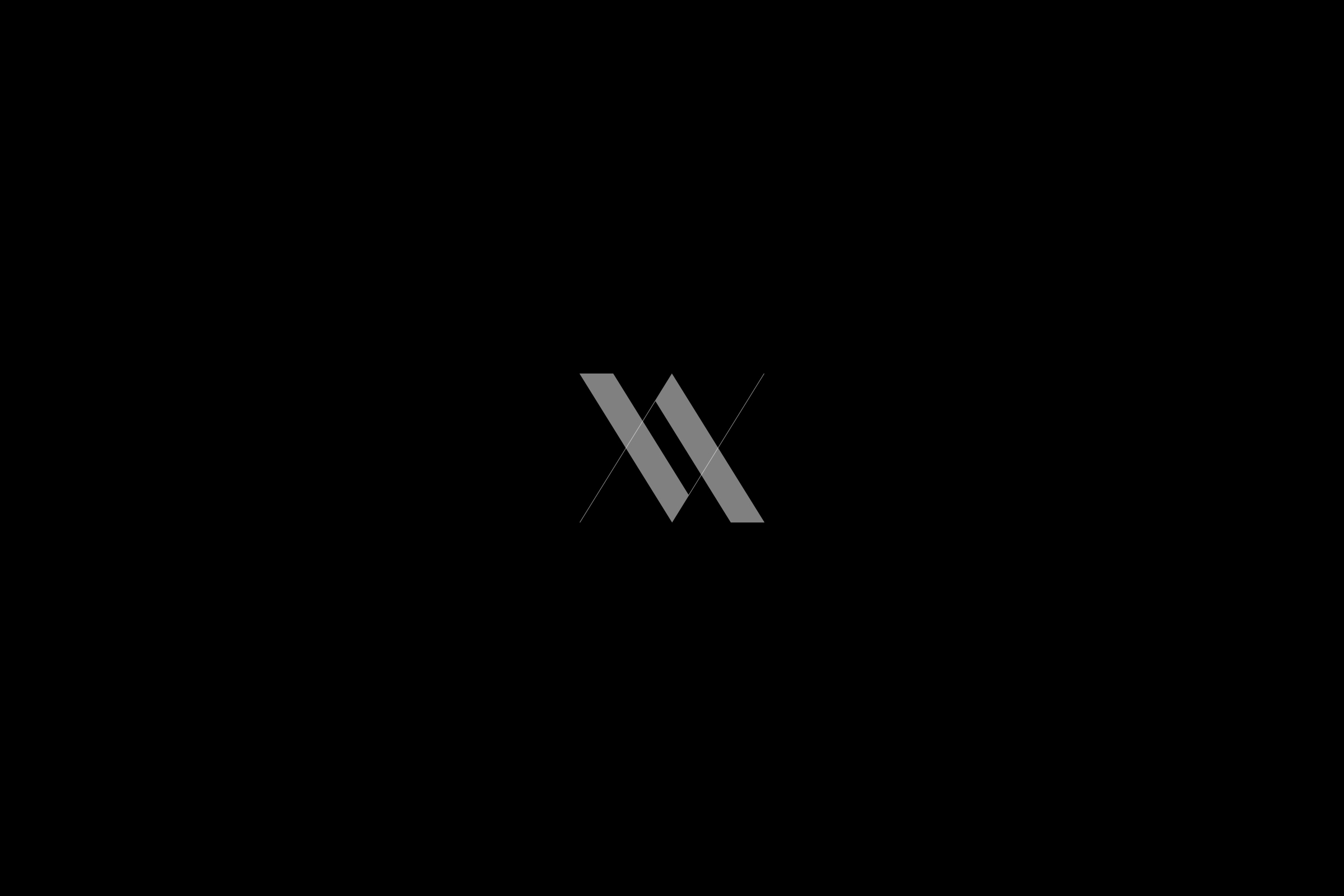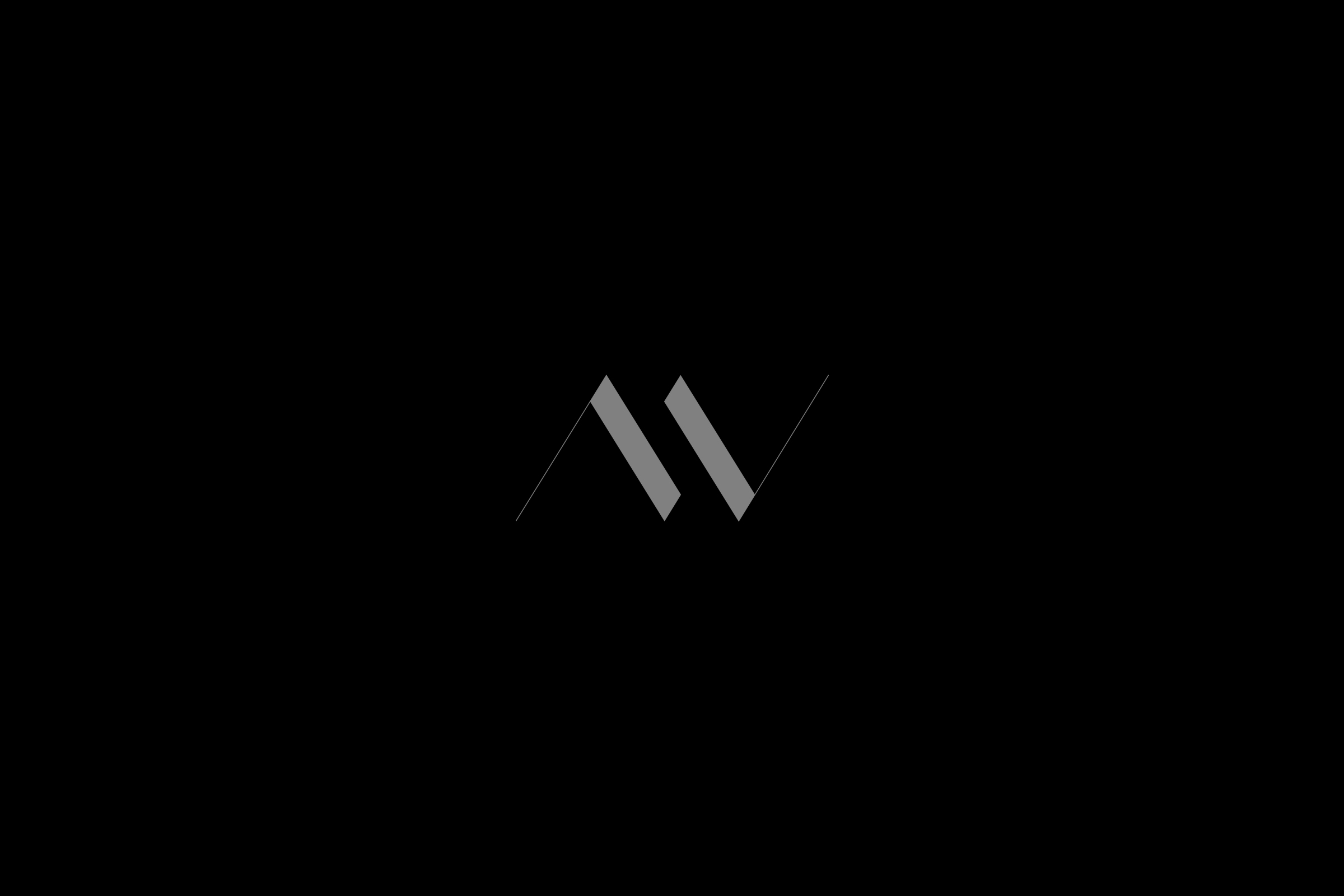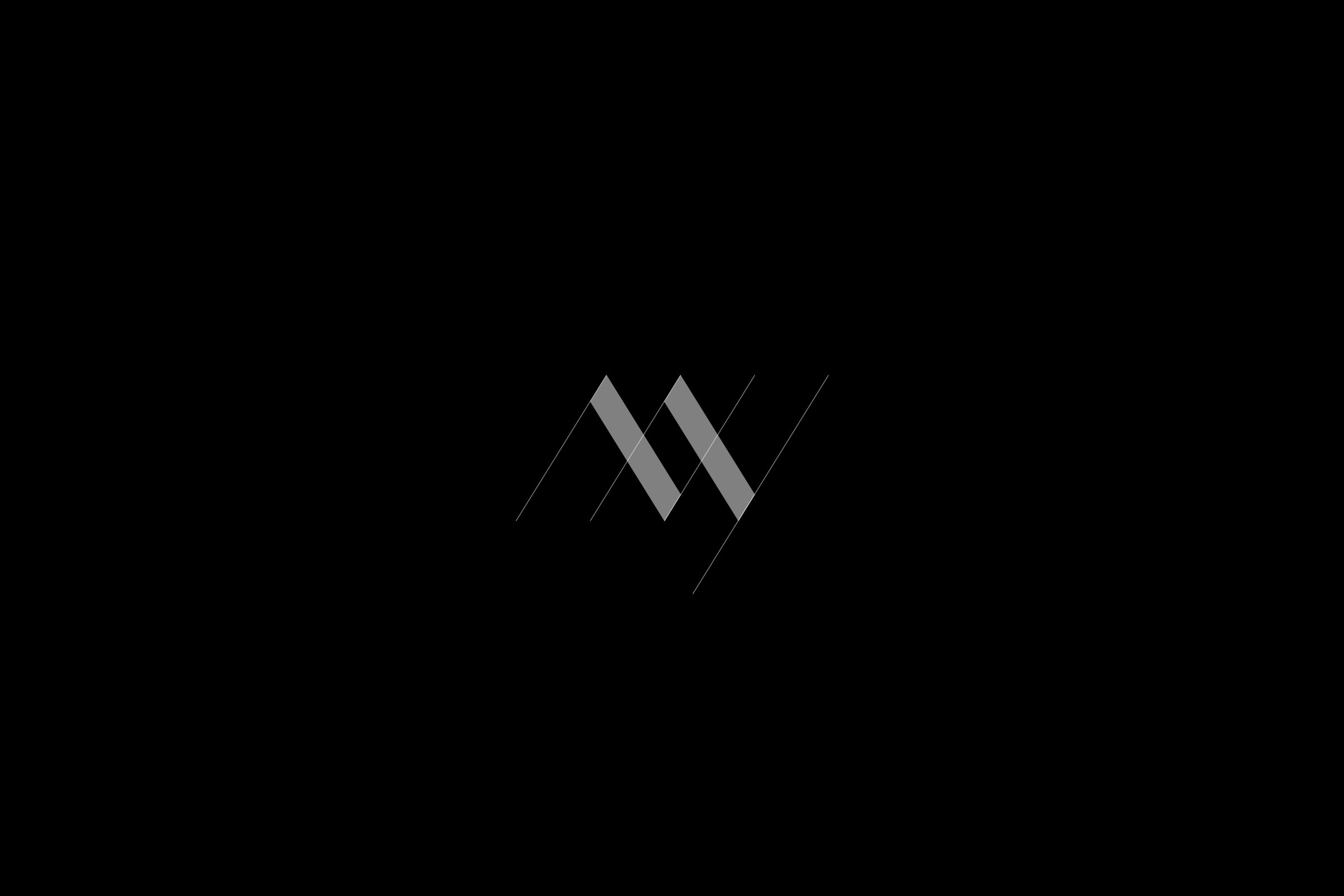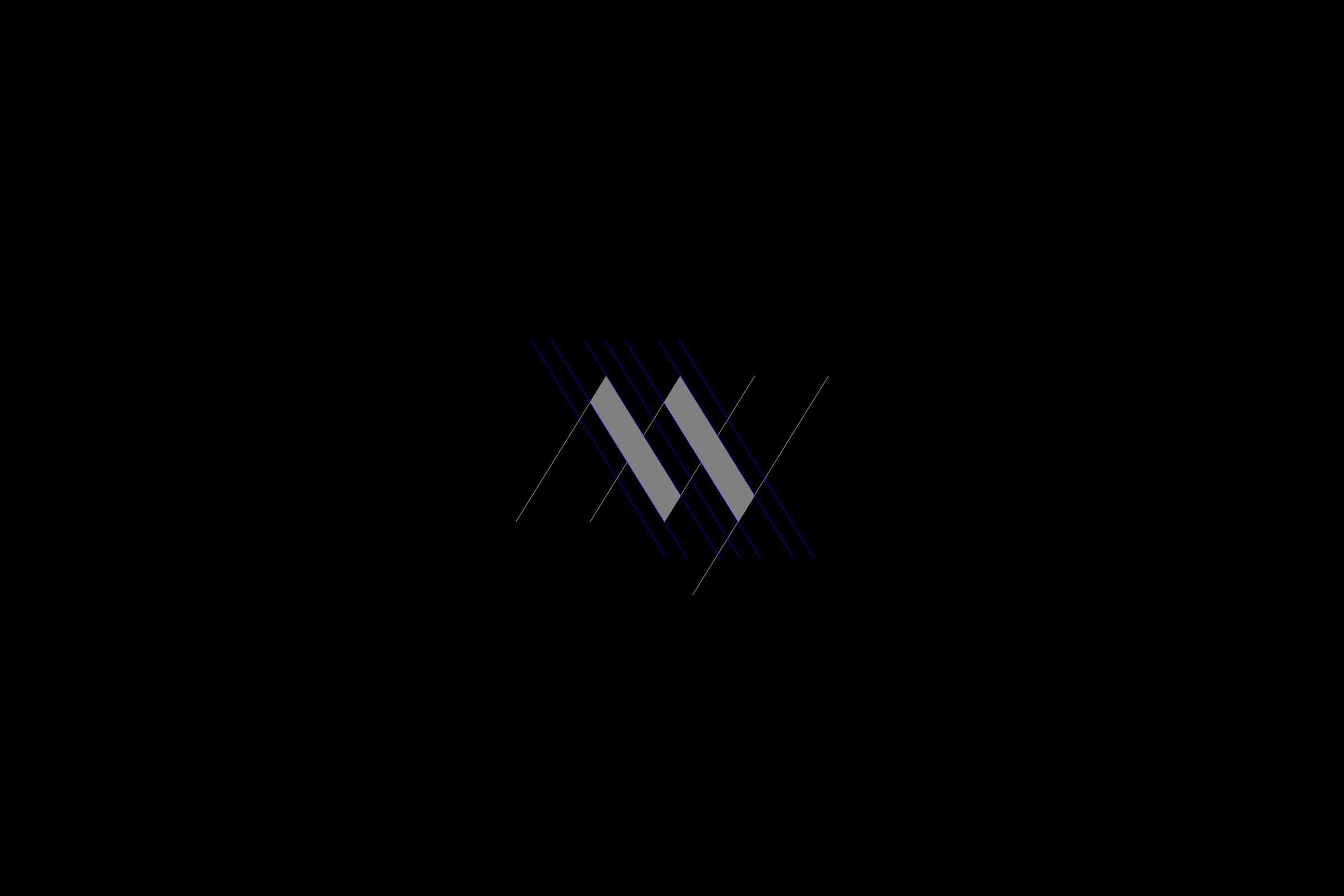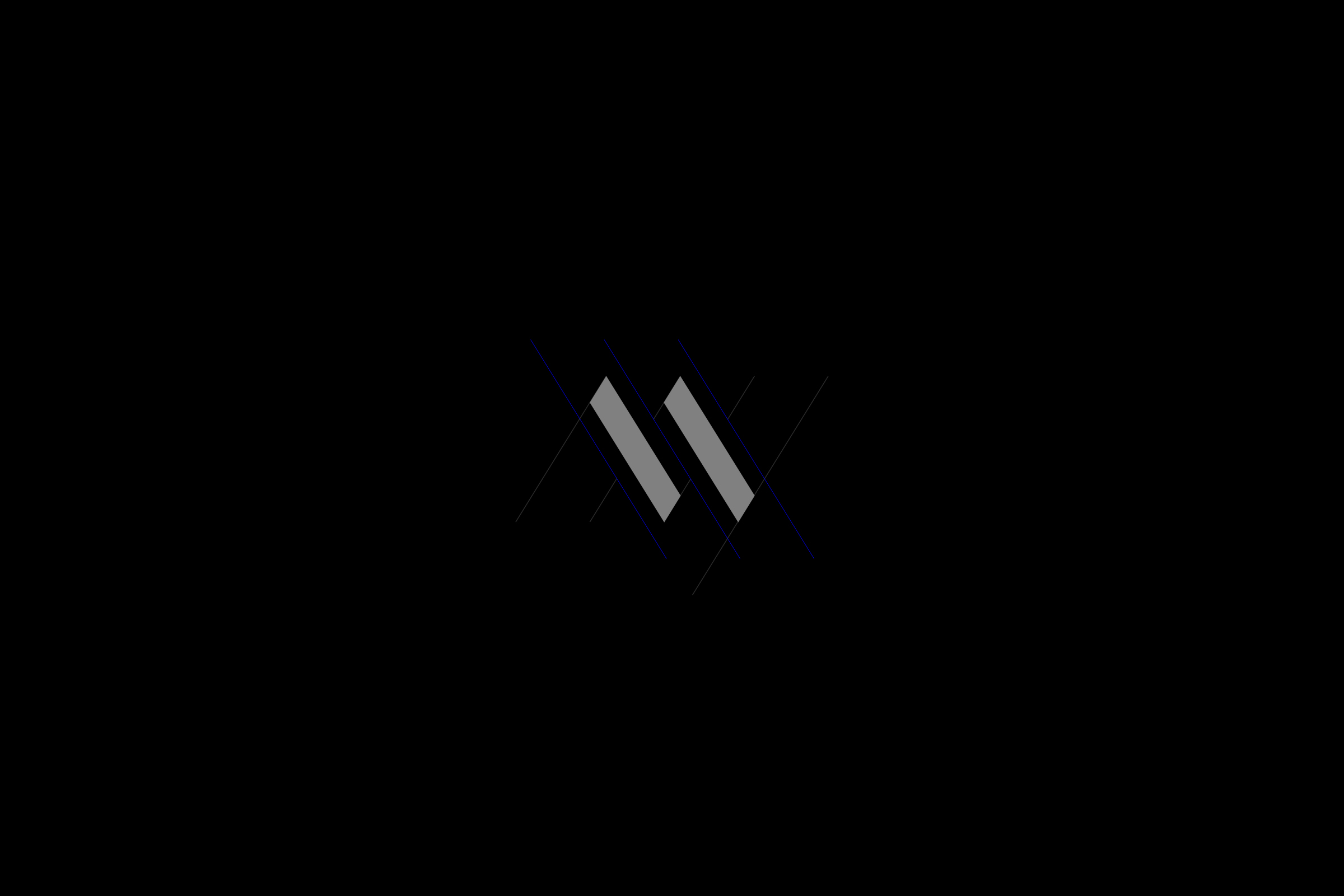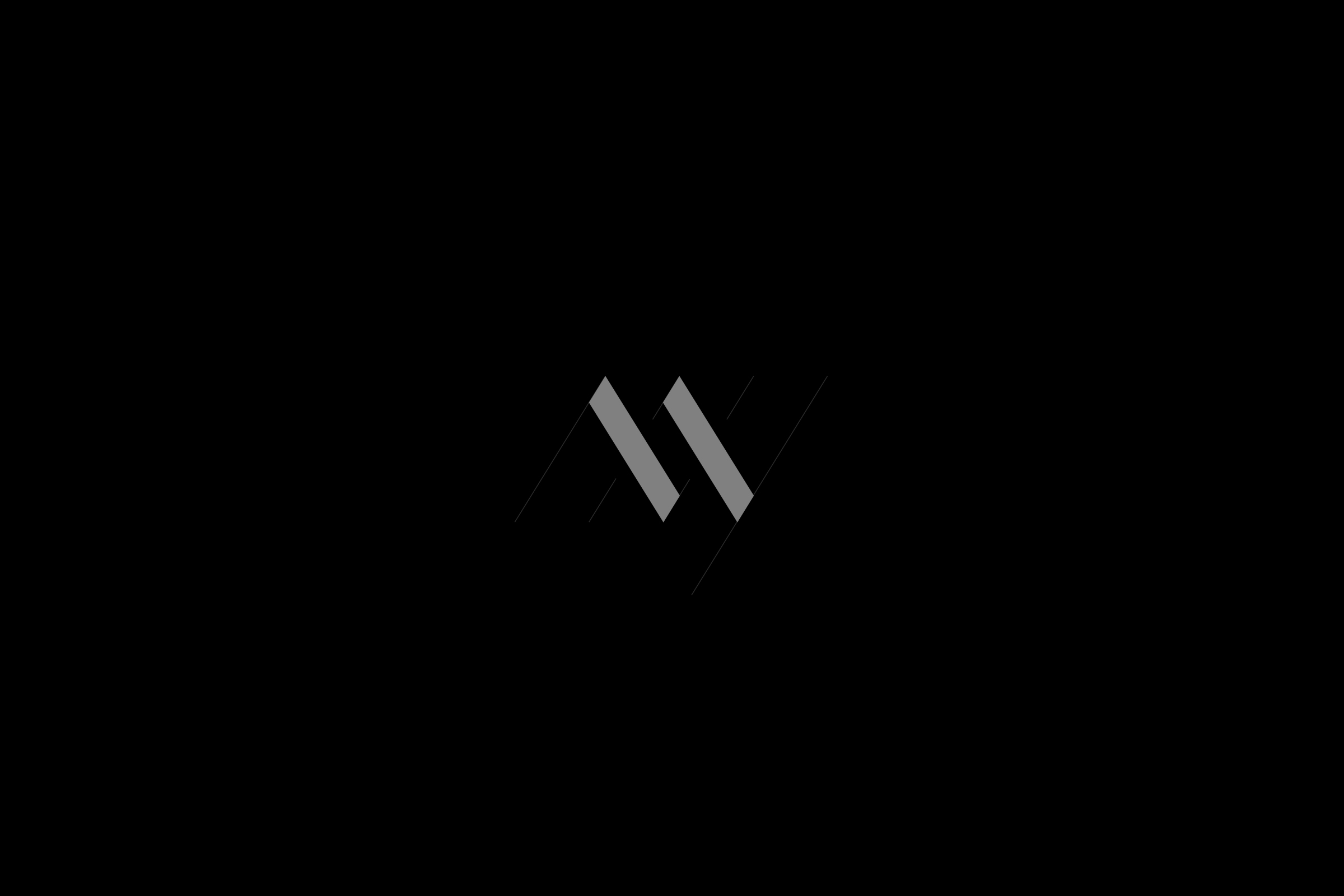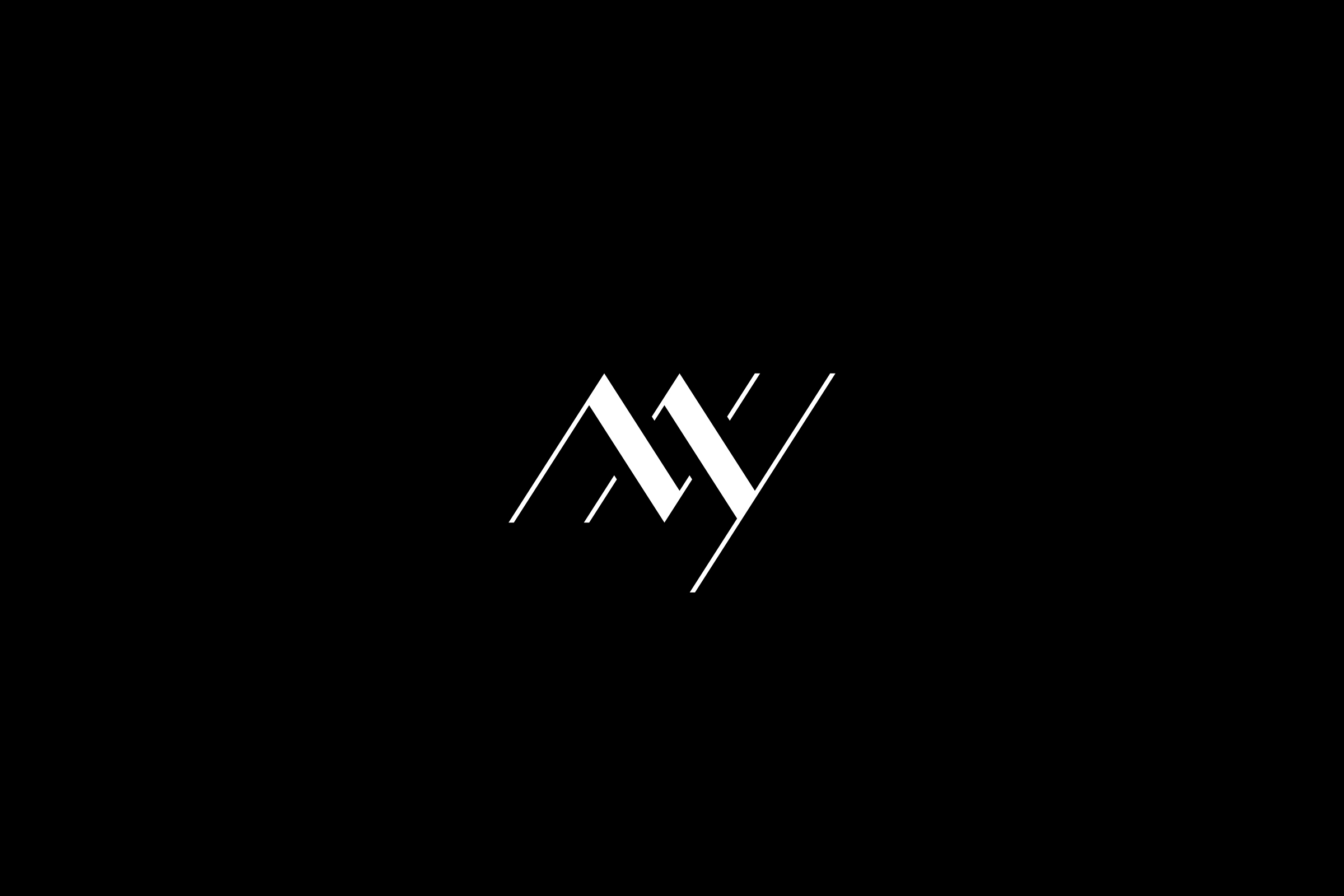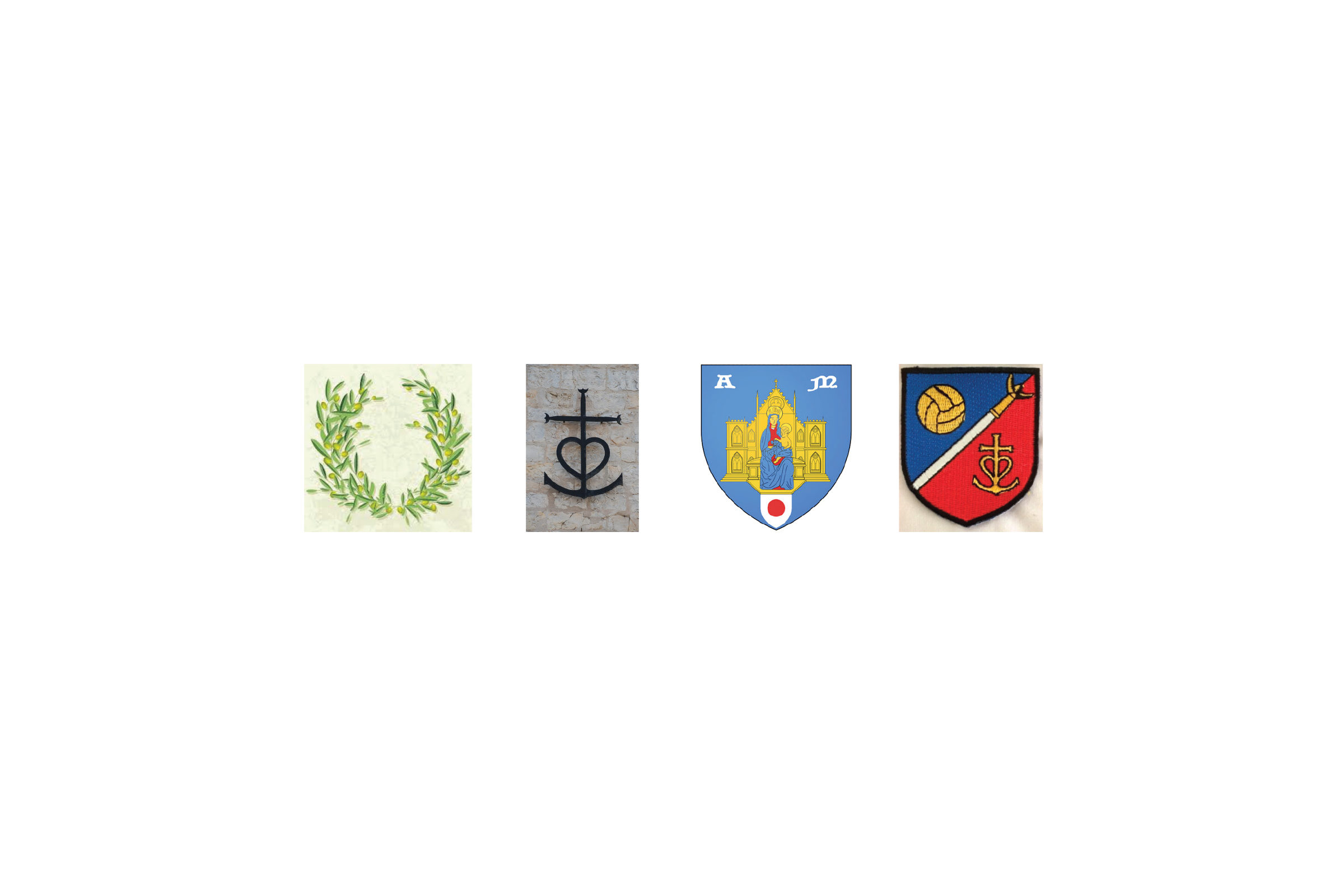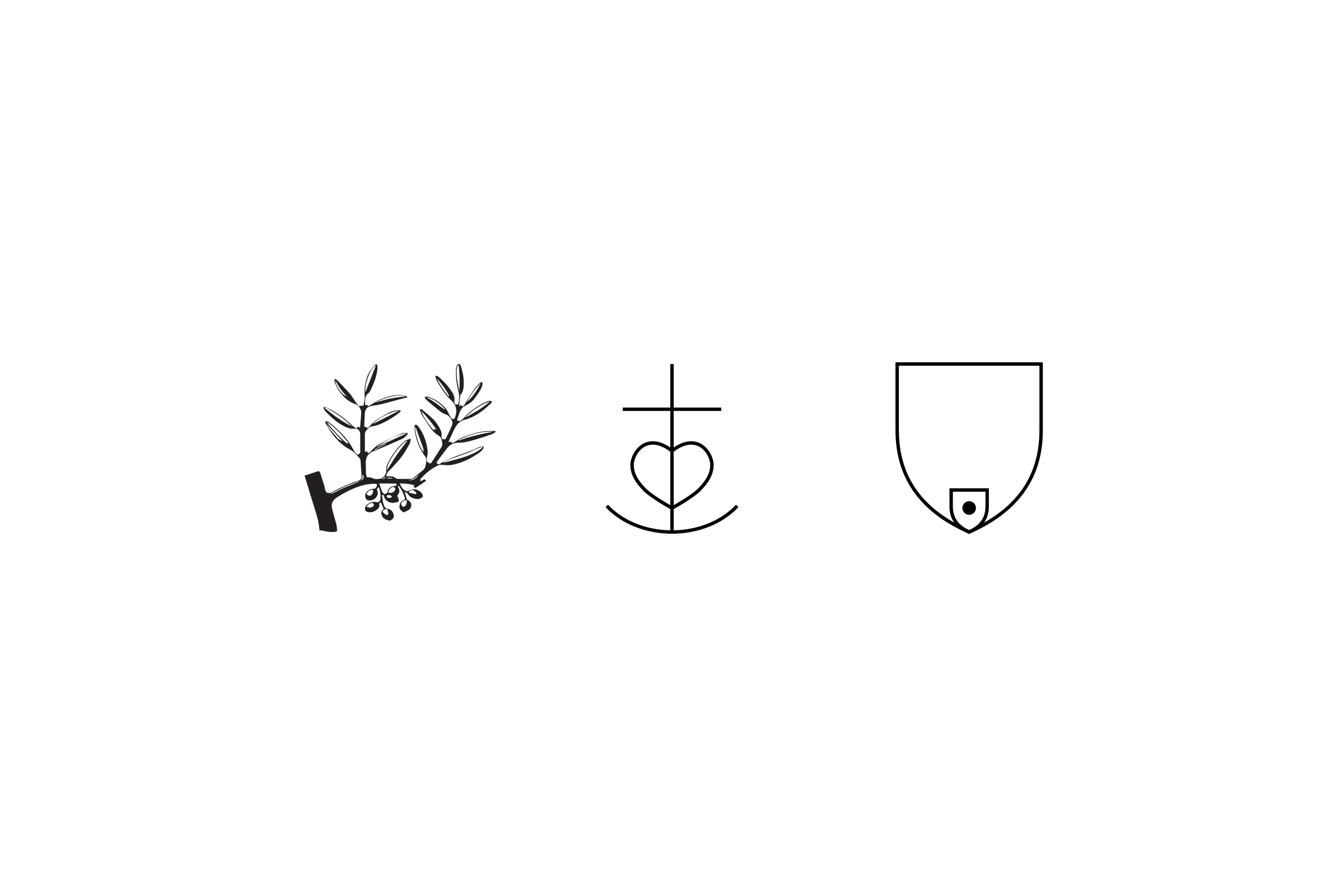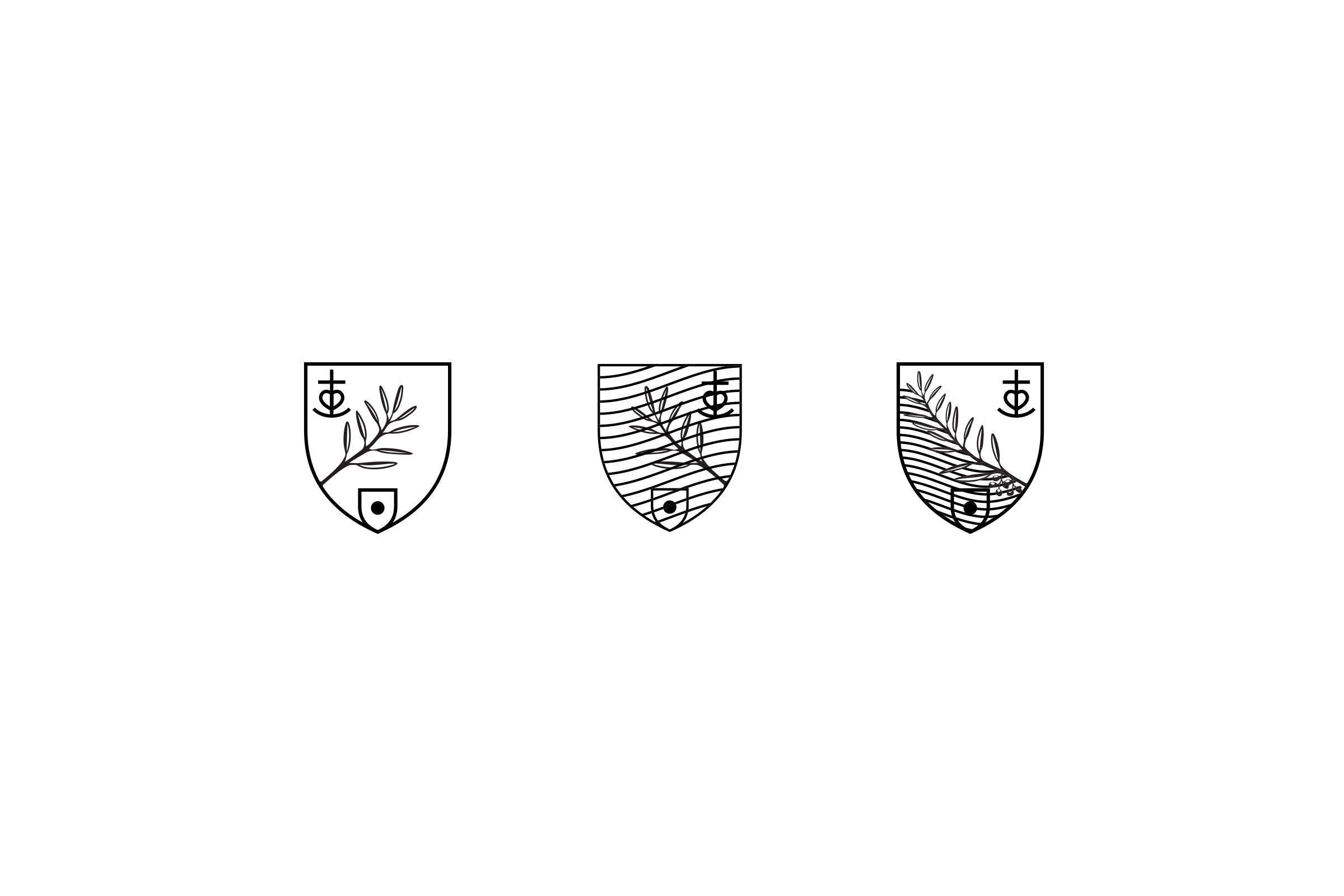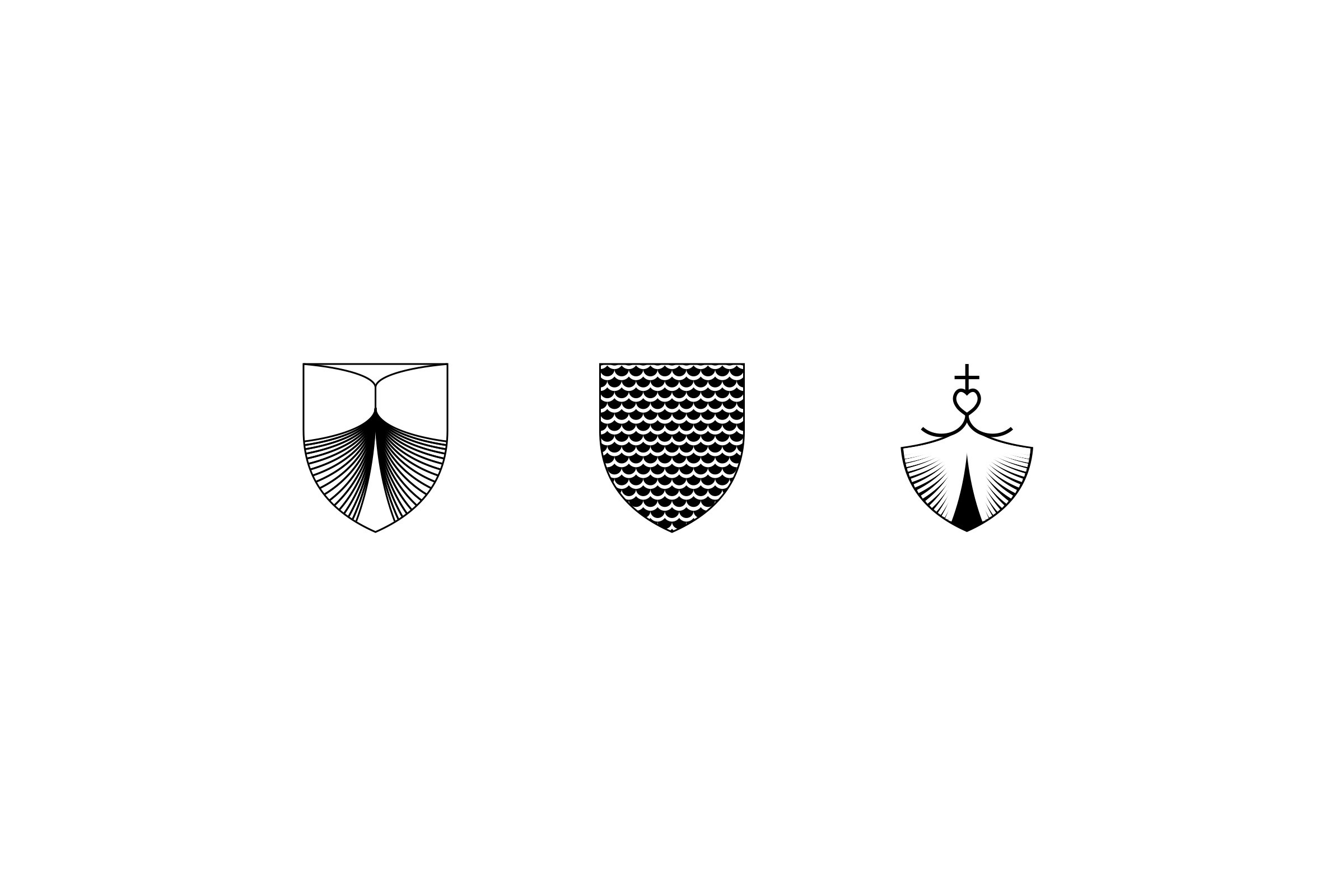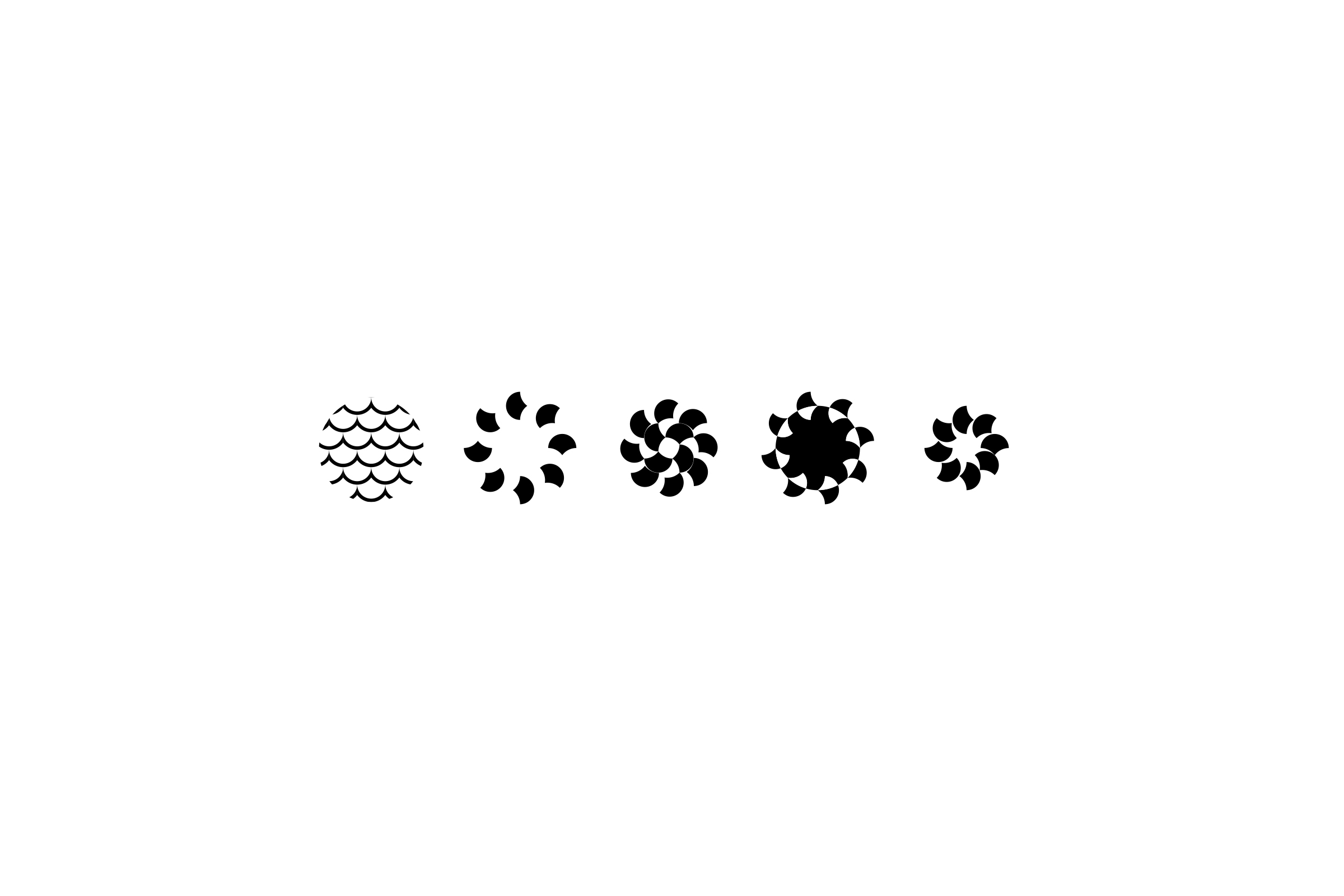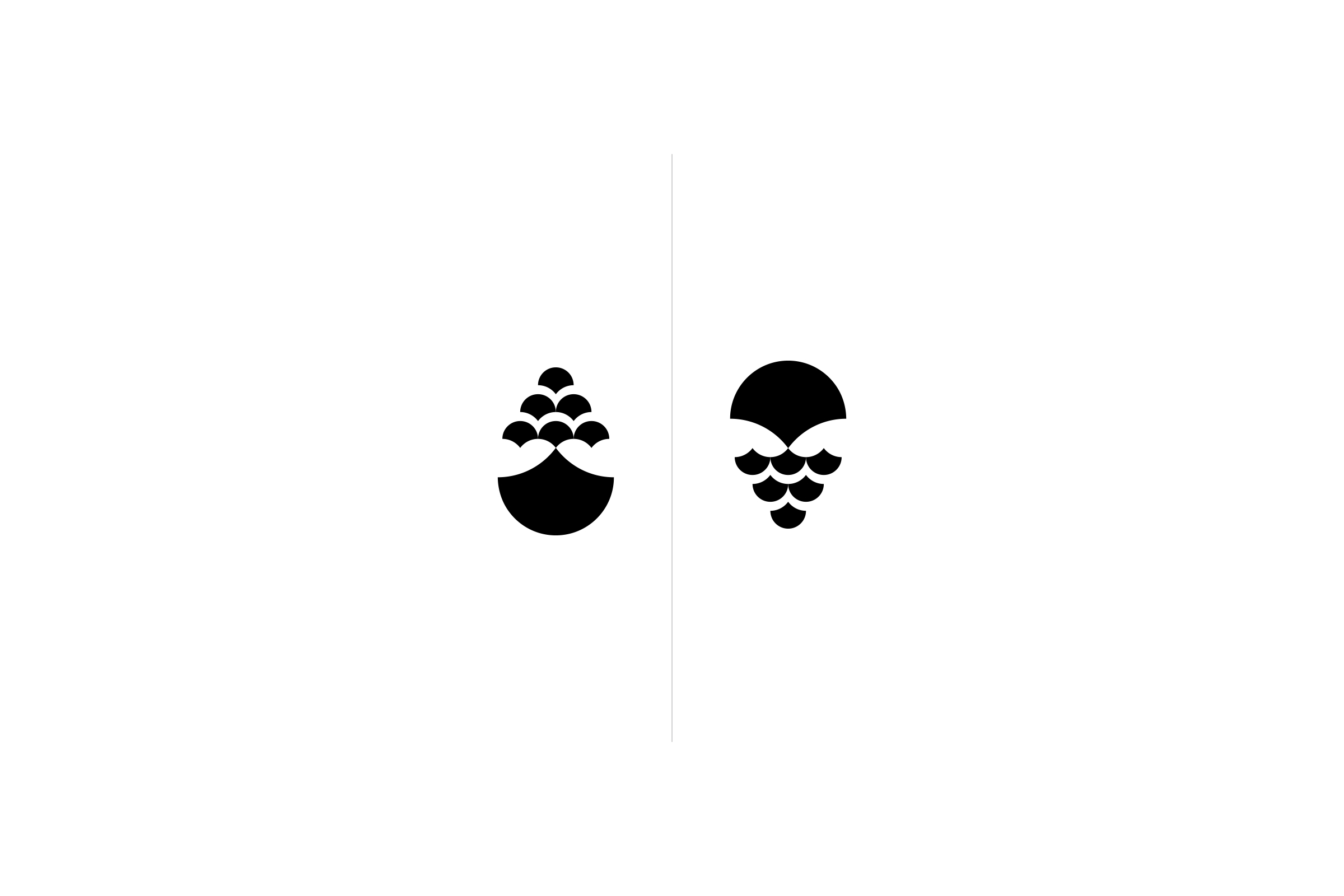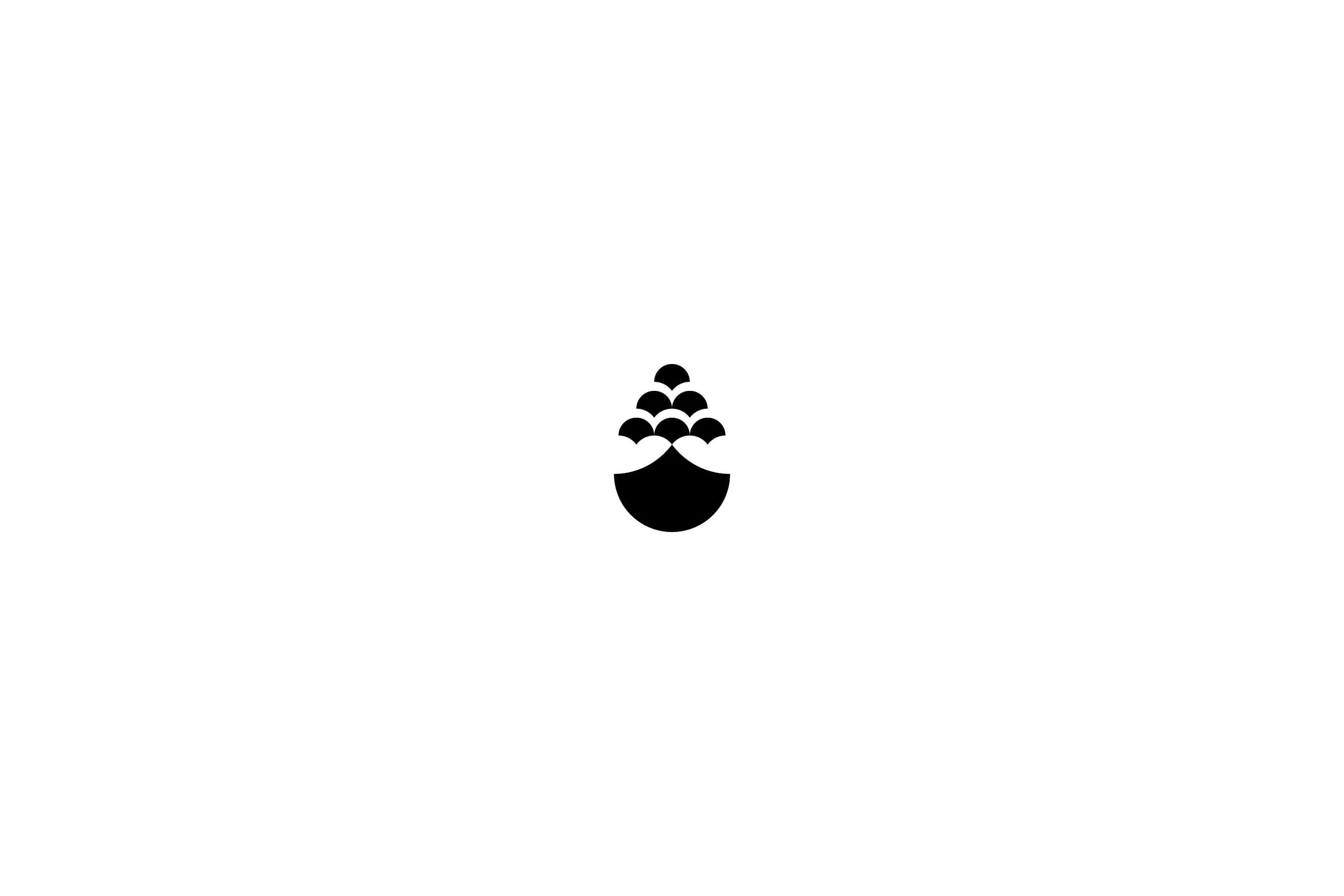Process is King
21.06.17
The whole is greater than the sum of its parts. The execution follows the process, thus the process is King. I am obsessed with our design process, out of the design brief, ideation and development stages, the development stage is perhaps the most interesting, as it is a conversation between designer and client. The client wants to revise certain aspects, the designer must oblige and iterate or give good enough reasoning as why this is not a good idea. The designer is hired for his craft, no where truer than in the design of a corporate identity.
Process is King. I hope my obsession with refining our process is evident in the projects we take on, and the style and quality of the projects that we execute. I strive for clearer communication throughout the project, openness of dialogue and sharing of ideas leads to better, and longer lasting work. For great work to come out of the process the client must trust the designer, must be a partner of the process, and together must communicate perfectly.
When I look back at some recent projects, the best projects might share style and aesthetics, but more importantly have a shared memory of our openness of client relationships, and our working process. We went into the project as client and service provider, and came out as friends, a transition made through shared experience. And, perhaps as clichéd as that sounds, its true.
Once we reach the development stage we have eaten and digested the design brief in full, and we have pitched three concepts to the client. The real design part of the project, begins here. We talk a great deal about the concepts. We deconstruct each concept back to its bare conception, throw these bits against the proverbially white wall, and see what sticks. We talk about why aspects fit and work, why parts don’t, and talk deeply and honestly. I talk about what was our greatest challenge, what obstacles had to be overcome, and present the solutions in the most non-bullshitty way possible. We talk honestly, and transparently.
One of the hardest parts of corporate identity design and branding is helping the client see the brand objectively. Because branding can be so subjective, stakeholders will see initially only subjective nuances, and it is our job to pull them outside of themselves and frame the identity in a way that they can see it through their target market and customers eyes. This part is hard. Naturally this part is hard, but if we can help them see themselves, from outside themselves, we are onside(!) Truly onside. Branding is re-framing, re-considering and re-presenting.
—
About the author, Adam
Adam is the design director of BrandCraft. BrandCraft is a branding and design consultancy based in Hong Kong. We specialise in branding, visual identity, corporate identity and rebranding.
Adam is a branding consultant and has worked with clients in the UK, USA, Hong Kong, Tokyo, South Korea and China. He has had self-initiated art and design projects exhibited at various galleries and museums including the Victoria & Albert Museum of Art and Design and regularly writes about branding and design theory.
Read more about BrandCraft


